Man Ray: Versatile & Misunderstood Painter
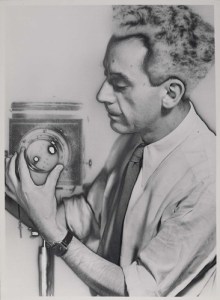
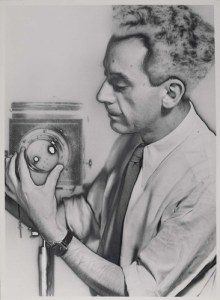
Man Ray’s career spanned more genres and geography than perhaps any other artist of his time. Influenced by Cubism, Futurism, Dada and Surrealism, Ray lived and worked in Paris, New York, and Hollywood. While most remembered for his ‘Rayographs’, (photograms) he primarily regarded himself as a painter.
The Woodshed Gallery will offer two rare signed and dated Man Ray Drawings at our upcoming auction on February 22, 2017.
The first, Female Nude on a Bridge,1917, reflects Ray’s early involvement with surrealism. The second, Female Figure,1951, reveals his synthesis of cubism futurism.
These two drawings, created decades apart, are connected by the recurring theme of his work: The the female form.
Born in Philadelphia in 1890 to a Russian-Jewish immigrant family Emmanuel Radnitzky soon truncated his name to Man Ray. His tailor father and seamstress mother moved the family to the Williamsburg neighborhood of Brooklyn where Ray spent most of his childhood.
As a high school student, talented in drafting and drawing, he was drawn to the fine arts, and frequented art museums to closely study the works of the Old Masters. In 1912 Ray enrolled in the Ferrer School and began his serious art training under the tutelage of artists like Robert Henri, Samuel Halpert, Max Weber, and Adolf Wolff.
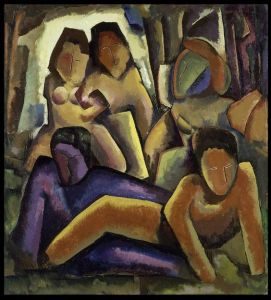
Ray’s early paintings were heavily influenced by the the Cubists Movement. Ray’s first show was in was 1915 at the Daniel Gallery in New York City. During this period he was so prolific that he began photographing his work to document his inventory. He soon began using his camera as an artistic tool.
By frequenting art openings in New York Ray became familiar with the work of avant-garde artists. At the 291 Gallery he met and befriended photographer and gallery owner Alfred Stieglitz, but perhaps the friendship that was most influential to his work was that with Marcel Duchamp whose interest in movement refocused Ray’s artistic efforts on Surrealism and Dada.
Together Duchamp and Ray founded the Society of Independent Artists in 1916, and published a single issue of the periodical New York Dada in 1920. New York’s lack of enthusiasm for the Dada movement prompted Ray to declare: “Dada cannot live in New York. All New York is dada, and will not tolerate a rival.”
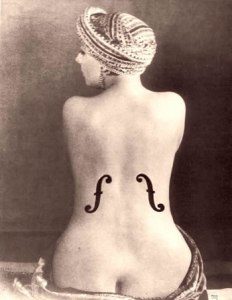
In 1921 Ray left for Paris and met and fell in love with Kiki de Montparnasse, an artists model who became the subject of some of Ray’s most iconic work. Female imagery was to become perhaps the most constant thread running through his work in a range of media. Ray remained in Paris for the next twenty years and became a distinguished photographer. Some of the people who posed for his camera included James Joyce, Gertrude Stein, and Jean Cocteau.
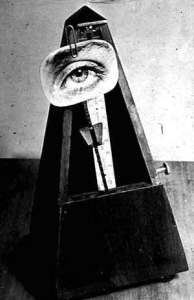
In 1925 Ray’s most recognizable image, the metronome with an eye, titled Object to be Destroyed was included in the first Surrealist exhibition along with works of Arp, Ernst, Miró, and Picasso. Ray became known for juxtaposing disparate elements in his photography to create new and different meaning.
Ray’s experimentation with photography led to his reinvention of the technique of solarization, reversing dark and light.
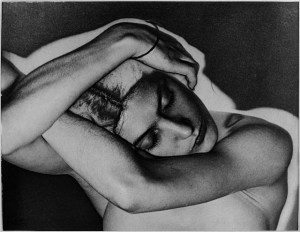
This experimentation led to his discovery of photograms which he dubbed “Rayograms”, camera-less images created in the dark room by placing objects directly on photosensitive paper, and exposing them to light.
In 1940 Ray was forced to leave France at the outbreak of WWll. He moved to Los Angeles where he met Juliet Browner. The couple married in 1946. In Hollywood Ray focused his creative energy on painting, yet was sought out as fashion photographer. Ray became dissatisfied with Los Angeles, and felt that American art critics could not understand his ability to change from one medium to another, and his success as a commercial photographer confused them.
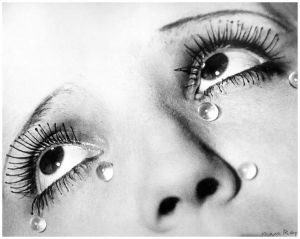
Eventually Ray returned to Paris in 1951 where he started writing his biography to explain himself to people who he felt did not understand his work. Self-Portrait was published in 1963. Ray continued to work steadily until his death in 1976.